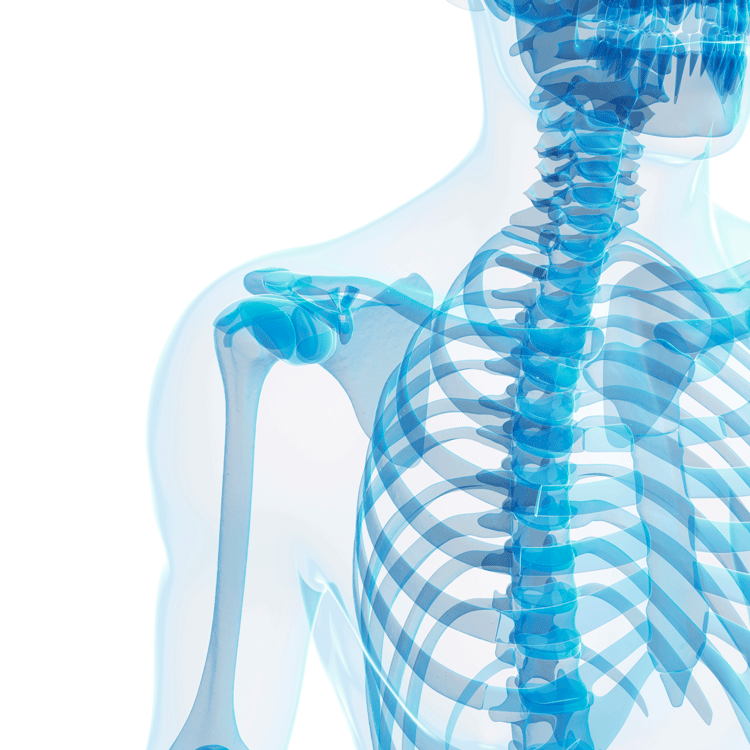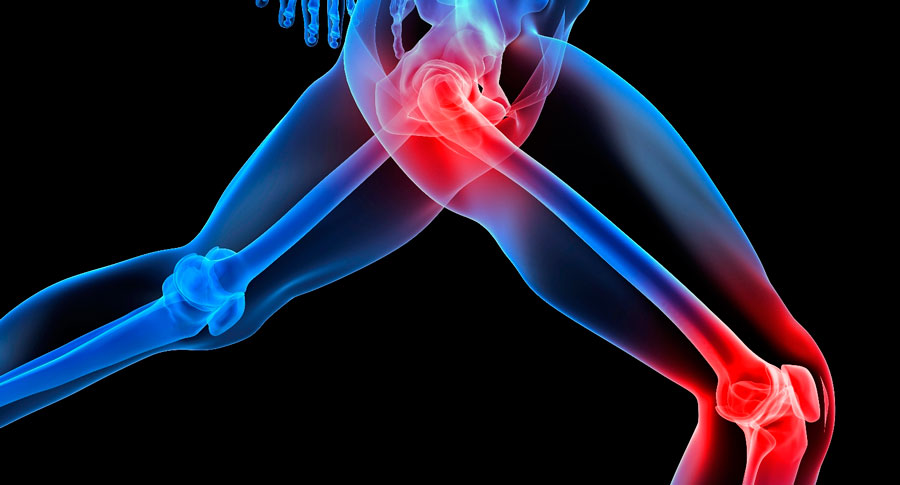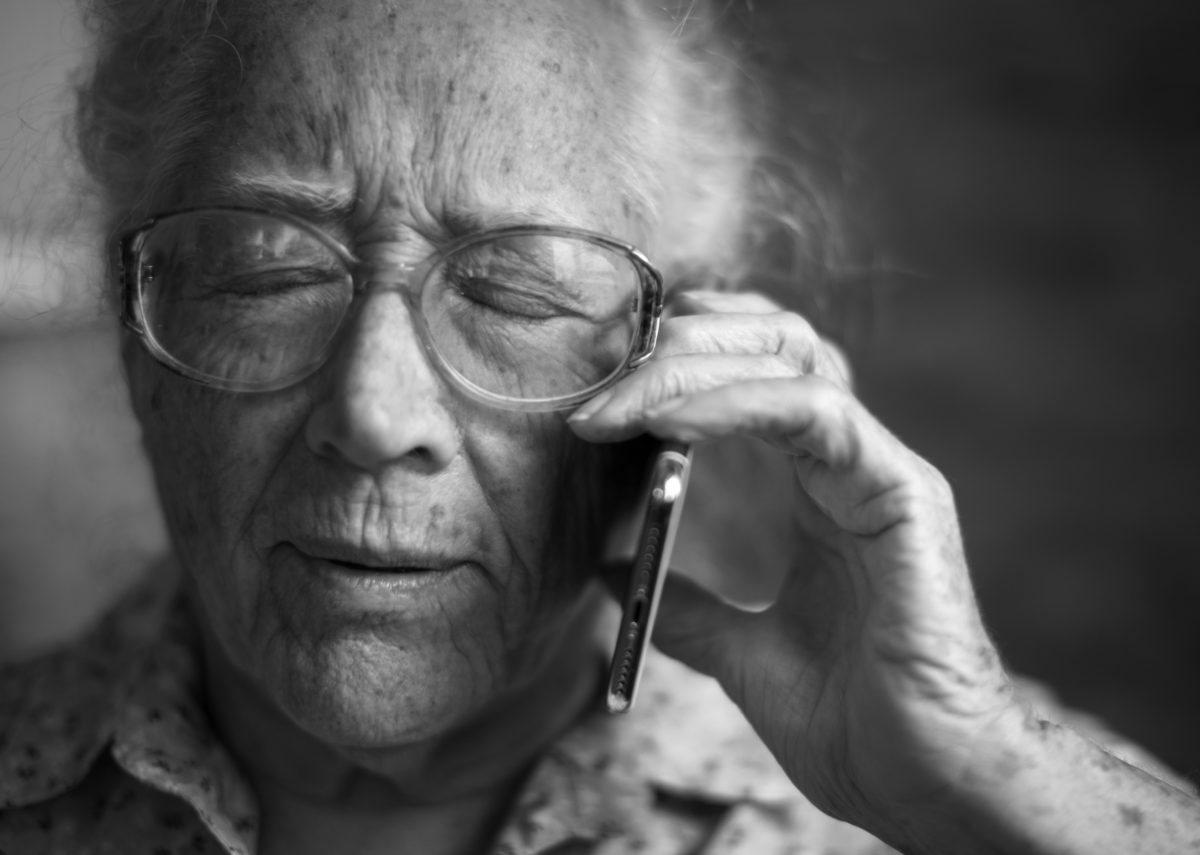Photo by rawpixel.com from Pexels
In the world of loud cities, headphones, and loud concerts, tinnitus is becoming a bigger issue. Too often, young adults listen to loud music using head or ear phones, not realizing that continuous exposure to loud noises can damage nerve cells and increase the risk of hearing loss. I interviewed Dr. Millie Lytle, Naturopathic Doctor at our InVite® location in New Hyde Park and this is what she had to say about your hearing!
Why do I have a ringing sound in my ear?
This sound is the result of cellular damage to the inner ear. It can happen at any age but is more associated with conditions of aging. It is brought on by several known factors, including frequent exposure to loud noises. It is generally exacerbated by stress, insomnia, depression and certain medications and food additives.
What is tinnitus?
Tinnitus is a condition by which a person experiences an abnormal sound in their ear. It can be perceived as high pitched ringing, clicking, low buzzing, roaring or whooshing tones in the ear. It can be continuous or intermittent, coming and going on a daily or hourly basis.
How does one get tinnitus?
Tinnitus is caused by several factors such as persistent or frequent exposure to loud noises, acute viruses or chronic medical conditions which cause damage to the inner ear. Less commonly, tinnitus is brought on by conditions of the auditory nerve itself, or damage to the hearing center of the brain.
What happens to my ear when I am exposed to loud noises?
In many cases of tinnitus, sound waves put pressure on the cells of the inner ear, causing the tiny hairs that conduct sound, to move. Permanent bending and breaking of these hairs can occur over time. Once this damage has been done, irregular electrical impulses escape and signal the brain to perceive abnormal and irritating sounds. Continual exposure to more than 80 decibels may be dangerous. The longer the ear is exposed to loud noises, the more damaging it may be. Also, the closer to the source of intense noise, the worse the tinnitus may become.
What are some other conditions and illnesses that lead to tinnitus?
We know that loud and persistent noises lead to tinnitus. However, there are many other causes of tinnitus ranging from ear and respiratory infections, aging, blood vessel and blood pressure disorders, ear-bone changes, inner ear disorders such as Meniere’s disease, head and neck injuries, post-traumatic stress disorder, ear wax build-up, nutrient deficiencies, conditions related to aging, to certain medications and food additives.
Tinnitus is strongly associated with chronic illness, depression, insomnia and stress. Though they may not be the direct cause, correcting these problems may also help relieve tinnitus. A common list of medications that may result in tinnitus are as follows; antibiotics, cancer medications, diuretics/water pills, quinine/chloroquinine and Aspirin in high doses. Certain food additives are also linked to tinnitus. The four main culprits are refined sugar, salt, monosodium glutamate (MSG) and Aspartame (Equal, Nutrasweet, Spoonful, etc.).
How do I prevent and/or treat tinnitus naturally?
Dietary Supplements
Diet:
- When you prepare your own food you know what you are eating. This makes it easy to eliminate food additives such as MSG, refined sugar, Aspartame, trans-fats and salt.
- Eat a diet high in anti-inflammatory foods such as green vegetables, seaweeds, cold water fishes (wild salmon, mackerel, sardines, herring, halibut, anchovies) and plant-based foods such as raw nuts and natural nut butters (walnuts, pecans, cashews, filberts, brazil nuts), seeds (flax, pumpkin, sunflower, chia) and legumes (lentils, dried peas, organic miso soup).
- Include dark berries daily as they are high in antioxidants such as blueberries, raspberries, blackberries, gogi berries, pomegranates, cranberries, Acai, organic grapes and moderate red wine/grape juice consumption.
- Eat a diet low in fast food, canned foods, ready to eat frozen dinners and microwaveable foods due to high salt, sugar, bad fats and preservatives.
Since tinnitus usually comes hand-in-hand with other illnesses, many supportive courses of supplementation, as well as diet and lifestyle changes may be advised by a knowledgeable health practitioner for best treatment.
|
DECIBEL RATINGS AND HAZARDOUS TIME EXPOSURES OF COMMON NOISES
|
|
Typical Level (Decibels)
|
Example
|
Dangerous Time Exposure
|
|
0
|
Lowest sound audible to human ear |
— |
|
30
|
Quiet library, soft whisper |
— |
|
40
|
Quiet office, living room, bedroom away from traffic |
— |
|
50
|
Light traffic at a distance, refrigerator, gentle breeze |
— |
|
60
|
Air conditioner at 20 feet, conversation, sewing machine |
— |
|
70
|
Busy traffic, office tabulator, noisy restaurant. At this decibel level, noise may begin to affect hearing if you are constantly exposed |
Critical level begins |
|
80
|
Subway, heavy city traffic, alarm clock at 2 feet, factory noise. |
More than 8 hrs. |
|
90
|
Truck traffic, noisy home appliances, shop tools, lawn mower. As loudness increases, safe time exposure decreases. |
Less than 8 hrs. |
|
100
|
Chain saw, boiler shop, pneumatic drill Exposure may be dangerous at 100 dB, and with every 5 dB increase, the “safe time” is cut in half. |
2 hours |
|
120
|
Rock band concert in front of speakers, sandblasting, thunderclap. At 120 dB, exposure can injure the ear. |
Immediate danger |
|
140
|
Gunshot blast, jet plane. Noise at 140 dB may cause actual pain in the ear. |
Any length of exposure time is dangerous |
|
180
|
Rocket launching pad. Without ear protection, noise at this level causes irreversible damage. |
Hearing loss inevitable |
Permission to reprint by: American Academy of Otolaryngology – Head and Neck Surgery, Inc. 1101 Vermont Avenue, NW, Suite 302, Washington, D.C. 20005
Questions about tinnitus? Leave a comment below to speak with our certified healthcare professionals today!







